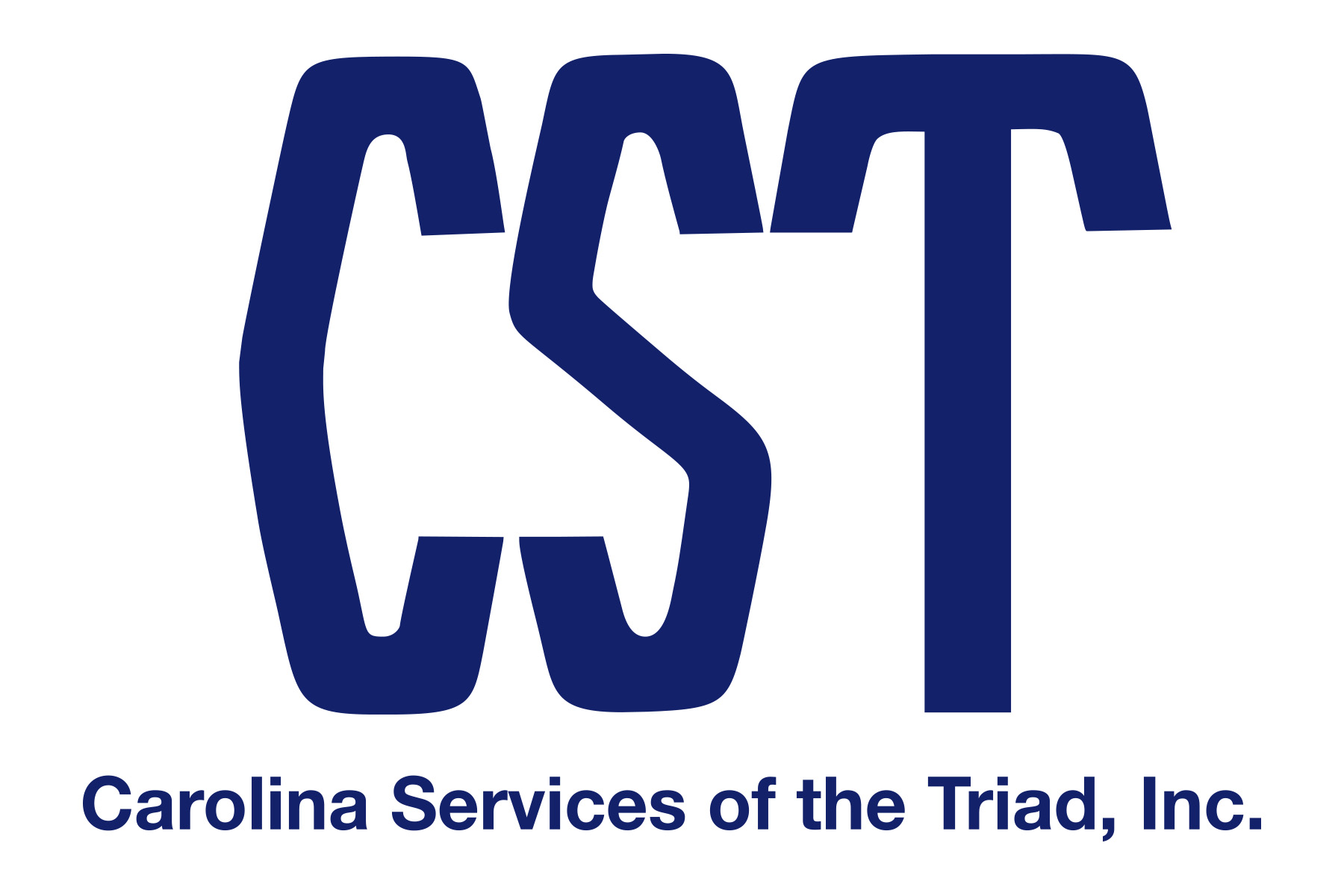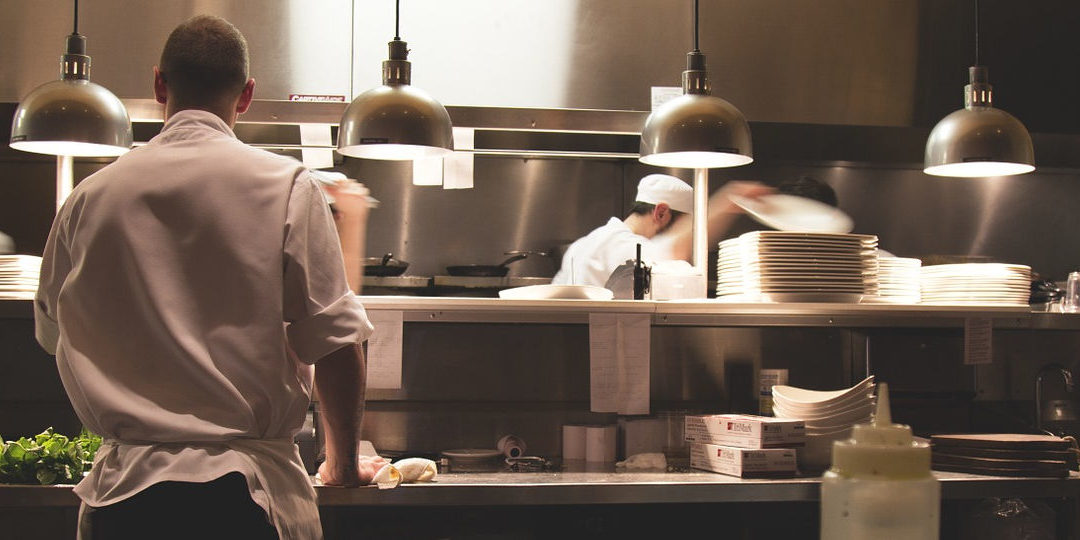Commercial kitchens are one of the busiest environments of any industry out there. On top of that, because commercial kitchens involve food preparation for others, they are subject to much stricter inspections and requirements. Considering that surprise inspections can occur any time, you want a sparkling clean kitchen every single day.
Plus, with the increased pressure on restaurants to provide takeout and delivery options, many commercial kitchen staff members are already overburdened with additional cleaning responsibilities. Deep cleans, even if they happen more often, may be completed with less attention to detail due to a desire to just get the task over with. In these scenarios, grease in unattended places, like canopy hoods, can build-up and lead to disastrous consequences.
So, if you’re looking for a cleaning crew to regularly clean your restaurant or commercial kitchen space, you’re in the right place.
Types of Commercial Canopy Hoods for High Cooking Temperatures
When thinking about cleaning a kitchen, you may think about mopping the floor, deep cleaning appliances, making sure refrigerated products are stored appropriately, and cleaning all dishes and cookware. While the appeal of a clean kitchen makes sense to all of us whether we work in a commercial kitchen or not, there are components of a commercial kitchen that do not get as much attention.
For instance, canopy hoods are a vital part of a working commercial kitchen, but they are rarely cleaned adequately.
Canopy hoods in particular are made to be positioned above griddles and fryers — cooking surfaces where you’d find grease. These are often rated for 600°F max cooking temperatures. Since 600°F is the flash point for oil, maintaining an efficient hood system is crucial for all restaurants, from breakfast diners to steakhouses, to prevent kitchen fires.
Other types of canopy hoods are meant to exhaust appliances that produce moisture and steam, such as dishwashers. These are very important to keep clean because heat and moisture are key ingredients for mold. Once mold starts to take hold in a canopy hood, it can spread to the entire kitchen.
Canopy Hood Safety Hazards
If your kitchen hood features a fan system, they have to be cleaned so that fan blades stay efficient. When buildup forms around the blades, it can impede motion and cause the motor to work harder. This overwork will generate extra heat (in other words: potential fire hazard) and can reduce the motor’s lifespan.
Cooking canopy hoods that aren’t properly cleaned can become a real fire hazard that can spread quickly to the building’s structure. If grease and build-up within the hood itself catches fire due to excessive heat or a random spark, the fire can continue into the ductwork. From there, the fire will quickly spread out of control.
For commercial kitchens that use multiple deep fryers, such as fast-food restaurants, the grease build-up in the ventilation system is a constant concern. Bringing in professional attention to keep these systems clean and functional is of paramount importance.
When in proper working order, kitchen hood ventilation systems improve air quality, suck away fumes, and remove grease that spatters into the air. This is an obvious plus for your kitchen staff. Having better air quality is better for the long term health of all employees.
Keeping grease out of the air also helps minimize grease build-up on the kitchen floors. Considering that slips, trips, and falls are the most common form of injury for the staff in commercial kitchens, any measures that can be taken to reduce slippery floors are worth taking!
A well-ventilated kitchen also makes temperature control easier. The high temperatures involved in cooking, especially when working over hot grills, can result in heat cramps, heat rashes, heat exhaustion, and heatstroke. Keeping canopy hoods in optimal working order will alleviate pressure on the HVAC system, thereby keeping workers cooler and healthier.
Let’s get your commercial kitchen cleaned!
Contact us today!
Benefits of Professional Cleaning for Commercial Kitchens and Hoods
Regular hood cleaning can cut down on maintenance needs as well for the same reasons. There will be less friction and resistance on the moving parts, which can mean fewer repair visits.
However, another added bonus is that a well-ventilated kitchen can also positively affect the customer experience. The kitchen may seem well-separated from the dining space, but every time the wait staff comes and goes, there’s an exchange of air.
If the kitchen air is dense or smoky because of poor ventilation, it can make its way into the dining area. A restaurant’s perceived cleanliness is the top priority for customers right now. Even before COVID-19, a Harris Poll conducted for Cintas Corporation showed that a whopping 85 percent of Americans would not visit a restaurant with any negative online reviews about cleanliness.
So, in this case, having customers be out of touch about what is happening in the kitchen is what you want!
How to Get Clean Commercial Kitchen Hoods
In a commercial kitchen, the kitchen hood collects steam, smoke, and super-heated air to clear it from the space. The inevitable consequence of that process is that grease, grime, and other build-up forms in the fins and inner surfaces over time.
This build-up can count against health inspections because it becomes a breeding ground for bacteria.
Our cleaning crews are fully equipped to de-grease and sanitize commercial kitchen hoods. With such intense attention from professional cleaners, your kitchen will look fresh and inviting. Plus, consistent cleaning will restore the high-end look of your kitchen.
Types of Commercial Kitchen Hoods We Can Clean:
- Wall canopy hoods
- Backshelf hoods
- Island hoods
- Supply plenums
- Ceiling diffusers
- Food truck exhaust hood systems
- Pizza hoods
Let’s get your commercial kitchen cleaned!
Contact us today!

